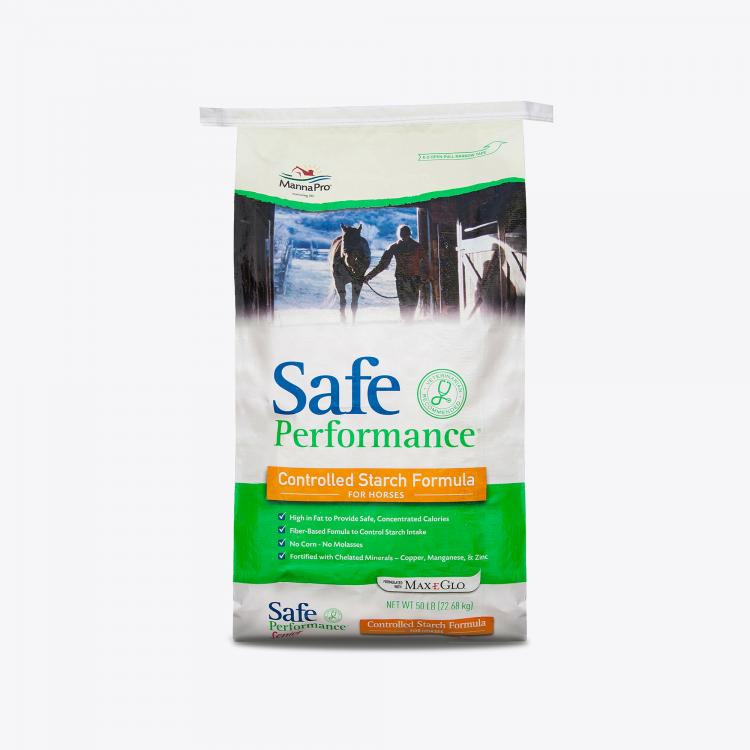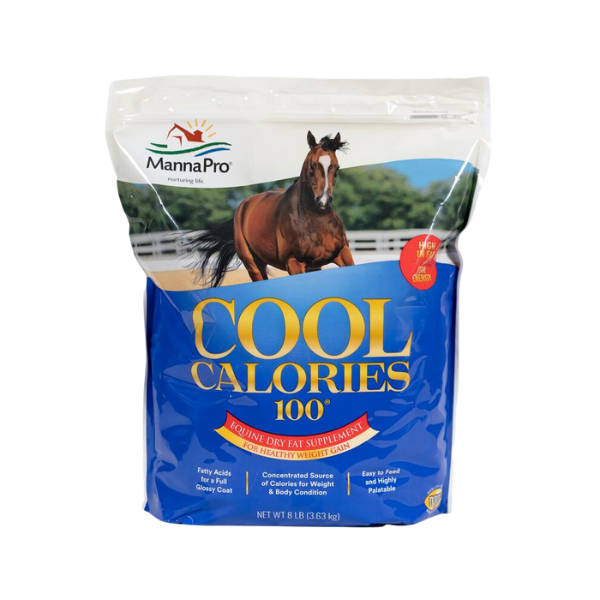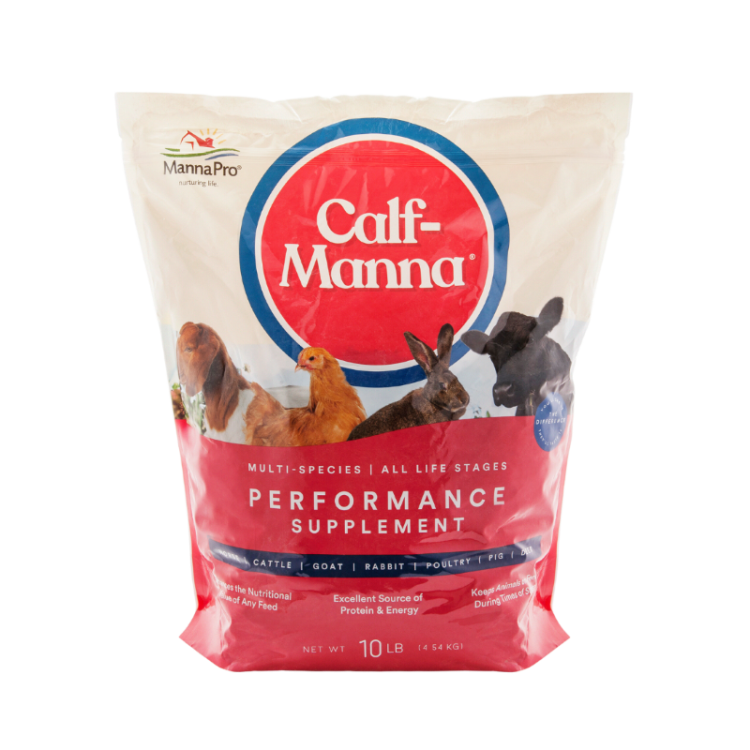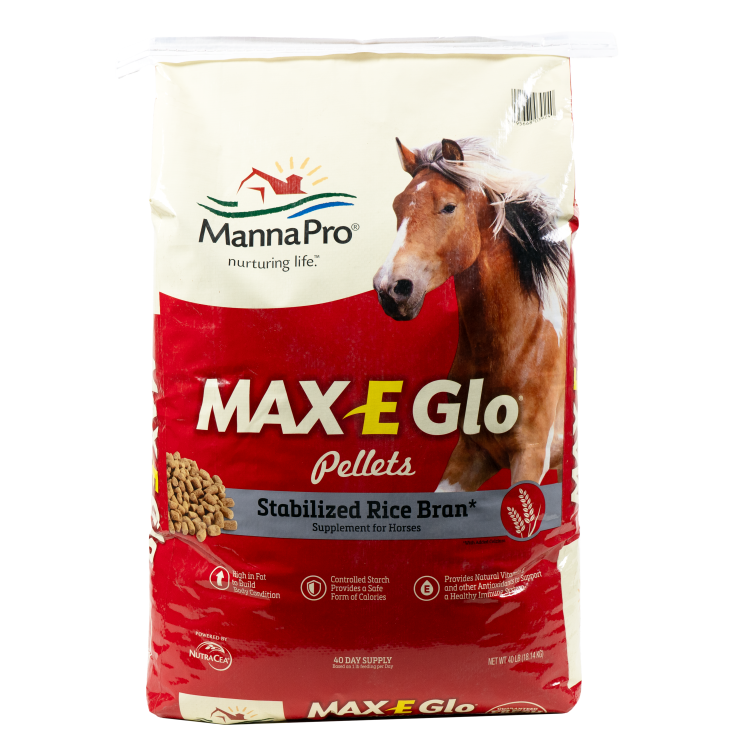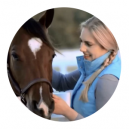Posted by Gabby Gufler, Wed, Dec 6, 2017
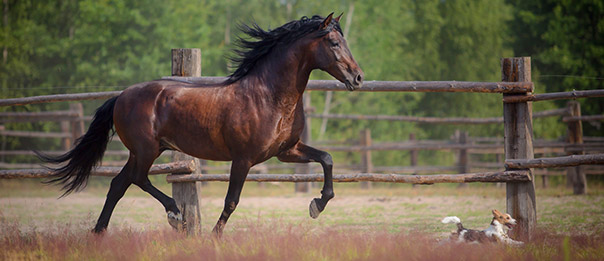
We always hear fellow riders and companies talking about the importance of keeping our horses on a low-starch, low-sugar diet, but is it really necessary, or is this just a trend?
The fact is: No, low-starch horse feeds are not appropriate for every horse, but they can be very beneficial to most! So, what lies behind the current low-starch craze?
What is Starch?
We may think we know our stuff when it comes to sugar and starch, but it never hurts to get a little refresher course to help us dig in deeper. Here is a great explanation from Kentucky Equine Research:
“Starch is a long, complex chain of sugar molecules. Within the plant, it represents the energy storehouse and is found in particularly high levels in grains. Starches are considered nonstructural carbohydrates because they are found within the cell wall. Fiber, on the other hand, is considered a structural carbohydrate because it lends support to the plant.
During digestion starch is broken down by enzymes into minute sugar molecules so that it can be readily absorbed. At this point, starch and sugar in the diet are handled similarly. Sugar in the diet can come from the cell contents in grass, molasses from feeds, and certain treats. These sugar molecules cross into the bloodstream and end up as glucose, which gets distributed to cells for use as energy throughout the body. The hormone that helps clear glucose from the blood and into the cells is insulin. This distribution method of getting glucose to the cells for energy, glycogen-building, or adipose storage is part of the energy-generation system of the working horse. The harder the horse is working, the more important the system is.” – Kentucky Equine Research
Okay, now that we’ve gained that understanding we can take a look at WHY there is such a starch craze in the equine community.
How are Low-Starch Feeds Beneficial?
High-Starch = Hot. After digestion of a starch-filled meal, large amounts of glucose hit the bloodstream and trigger the release of insulin, which starts moving the glucose out of the blood and into cells. Rising glucose levels can affect the brain of some horses and make them “hot.”
Fun Fact: Glucose is the only fuel that passes the blood/brain barrier. A horse feed that delivers high levels of glucose into the bloodstream at one time can potentially send significant amounts to the brain. This can trigger increased dopamine production and heightened awareness or excitability.
Insulin Resistance in Horses. Insulin resistance occurs when insulin loses its effectiveness as it delivers glucose to the cell. This causes the levels of glucose and insulin to remain higher in the bloodstream for longer than normal. High insulin levels can cause lots of problems, the worst of which is making the horse more susceptible to laminitis. With insulin resistance usually comes obesity, making losing weight as well as decreasing the amount of starch and sugar in the diet key to treatment and prevention.
Polysaccharide Storage Myopathy (PSSM). Horses with PSSM store an abnormal amount of glycogen (sugar) in their muscles, which disrupts the balance of energy metabolism and causes their muscles to become sore and stiff. Thousands of horses have been identified with tying-up associated with polysaccharide accumulation in the muscles. Feeds that are high in starch tend to exacerbate the symptoms of PSSM, which makes feeding a low-starch, low-sugar diet very important! CLICK HERE to learn more about PSSM regarding tests and treatment.
High-Starch = pH Drop: Did you know that the end product of fermentation of both starch AND sugar is lactic acid? Lactic acid can have quite an effect on the pH of the cecum. If high levels of starch are fed (especially at one time), the resulting pH drop in the cecum may affect the balance of the fiber-digesting microbial population, thus interfering with the horse’s ability to digest necessary calories from fiber. This is referred to as hindgut acidosis. Because of this, it is recommended to never feed more than 5 lbs of grain per feeding.
Each horse digests starch a little differently, so finding the right level of starch and sugar consumption for your horse may unfortunately require some educated trial and error. Managing and balancing the ideal starch intake for your horse is very important! For those of us with horses that do not need an excessive amount of starch (e.g., racehorses), low-starch diets make a lot of sense and can be key in helping our horses remain healthy and happy!
Finally, there are healthy horse treats for the starch-sensitive equine. Introducing nutrigood™ Low-Sugar Snax. All-natural ingredients. Irresistible natural apple or carrot/anise flavors that horses can’t resist. The peace of mind that comes from knowing that your horse isn’t consuming extra sugar and starch which they may not need. Low-Sugar Snax are great for all horses, whether they need a controlled sugar or starch diet, they are overweight, or if you simply like to feed less sugar. There is NO sugar or molasses added to our formula, ensuring no more than 6.5% sugars which are present naturally. Low-Sugar Snax are more than good—they’re nutrigood.
